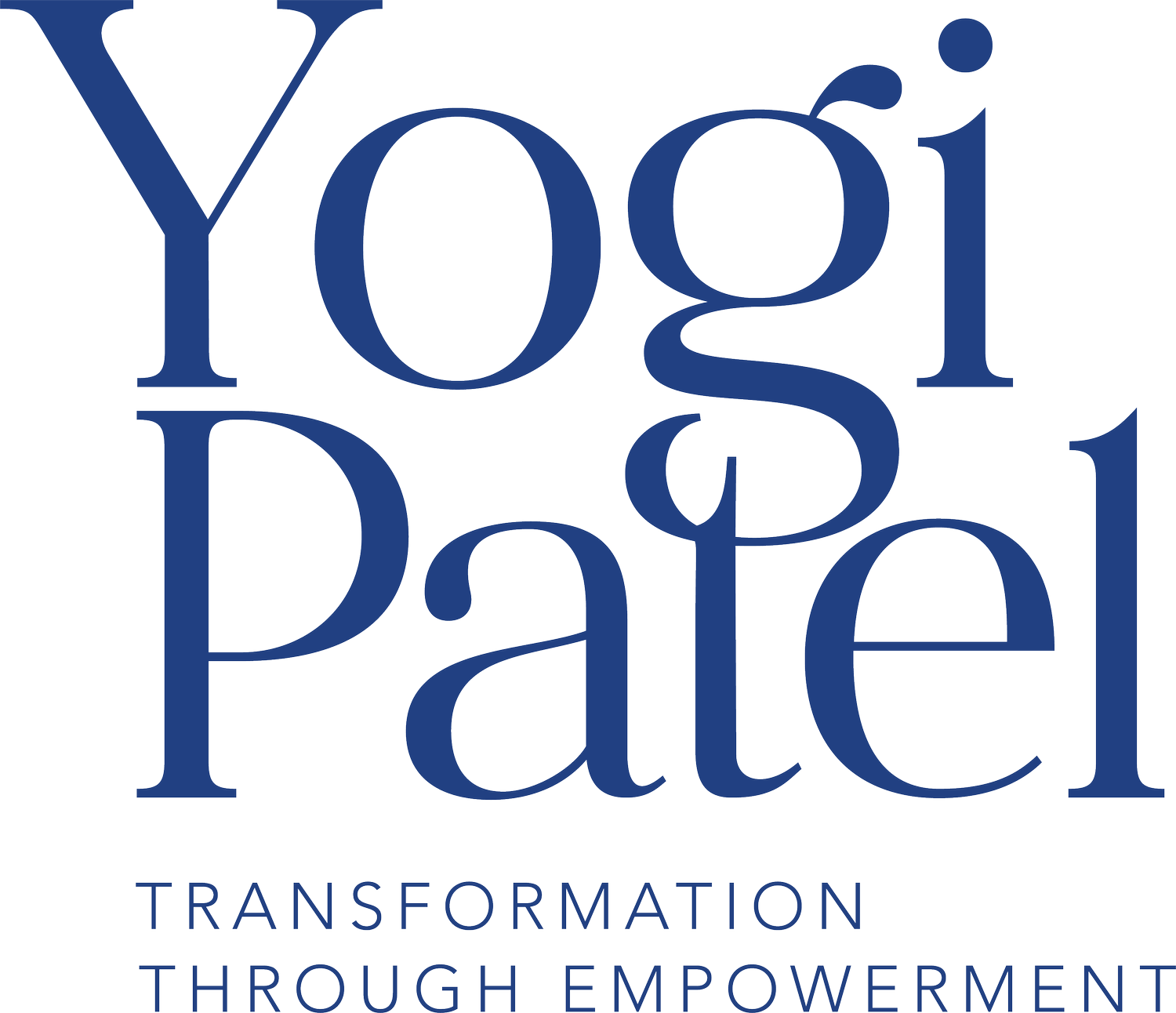Best Leadership Certification Programs: Building Stronger Teams Through Positive Discipline at Work with Empowering People in the Workplace
In today’s landscape of belonging, empathy, and growth-driven leadership, professionals and HR teams are increasingly turning to leadership coaching certifications to strengthen their skills and elevate team performance. The Empowering People in the Workplace certification training introduces practices grounded in mutual respect, accountability, and long-term development for leaders and teams, setting it apart from other programs.
This section will highlight critical high-impact coaching certification attributes and underline the significance of Positive Discipline and the Empowering People in the Workplace program in creating strong, resilient workplace cultures.
Leadership Coaching's Need
Modern leadership is no longer only about task delegation; influencing workplace culture, inspiring personal growth, and purposefully guiding the team are now included. A training program worth its salt allows leaders to:
• Build emotional intelligence
• Set and pursue meaningful goals
• Communicate effectively
• Apply Positive Discipline to identify constructive behavioural patterns
A sustainable leadership model weighs motivation from within against carefully constructed external inputs- a strength of any proven coaching system.
What to Look for in a Leadership Certification
Not all coaching and training programs are created equal. These are the essentials to weigh when selecting a certification for value-based leadership and Positive Discipline:
1. Constructive Communication
Respectful, clear communication is the foundation of Positive Discipline. A good program not only trains leaders to deliver feedback that holds people accountable without eliciting guilt or shame, but also reassures and boosts their confidence in their leadership skills. Click here to explore our communication and goal-setting guide.
2. Focus on Growth Rather than Control.
A professional discipline cultivates the growth of the individual rather than the control of behaviour. Programs that employ that philosophy cast the leaders as integral mentors and facilitators of potential rather than as authority figures, making them feel valued and integral to the team's success.
3. Experiential Learning
The best programs provide the tools, case studies, and real-world coaching practice, and the return is that these opportunities support leaders in confidently applying new strategies to workplace scenarios.
4. Develop Mentors and Build Culture
Effective leadership training works as the foundation for mentorship and continuous learning. Programs that build capacity to create internal mentoring systems are essential for developing stronger, more cohesive teams.
5. Compatible with Positive Discipline.
Training grounded in Positive Discipline principles, such as joint problem-solving, respectful boundaries, and intrinsic motivation, is essential for effective leadership. Empowering People in the Workplace exemplifies this approach, offering a robust framework for leaders ready to integrate these values into their everyday practice.
Grassroots Power at Work
Implementing the Positive Discipline and Empowering People in the Workplace methodology into any leadership style produces channels for trust, psychological safety, and genuine accountability. Positive leaders who use Positive Discipline principles build stronger, more connected teams. They learn how to:
Set clear expectations and hold them with consistency and respect
See mistakes as learning opportunities rather than failuresEncourage team members to take ownership and contribute meaningfully
Replace fear-based compliance with lasting motivation and trust
When leaders pair these tools with thoughtful coaching and a belief in people’s potential, Positive Discipline becomes more than a leadership strategy; it becomes a decisive shift in how teams grow, work, and succeed together.

